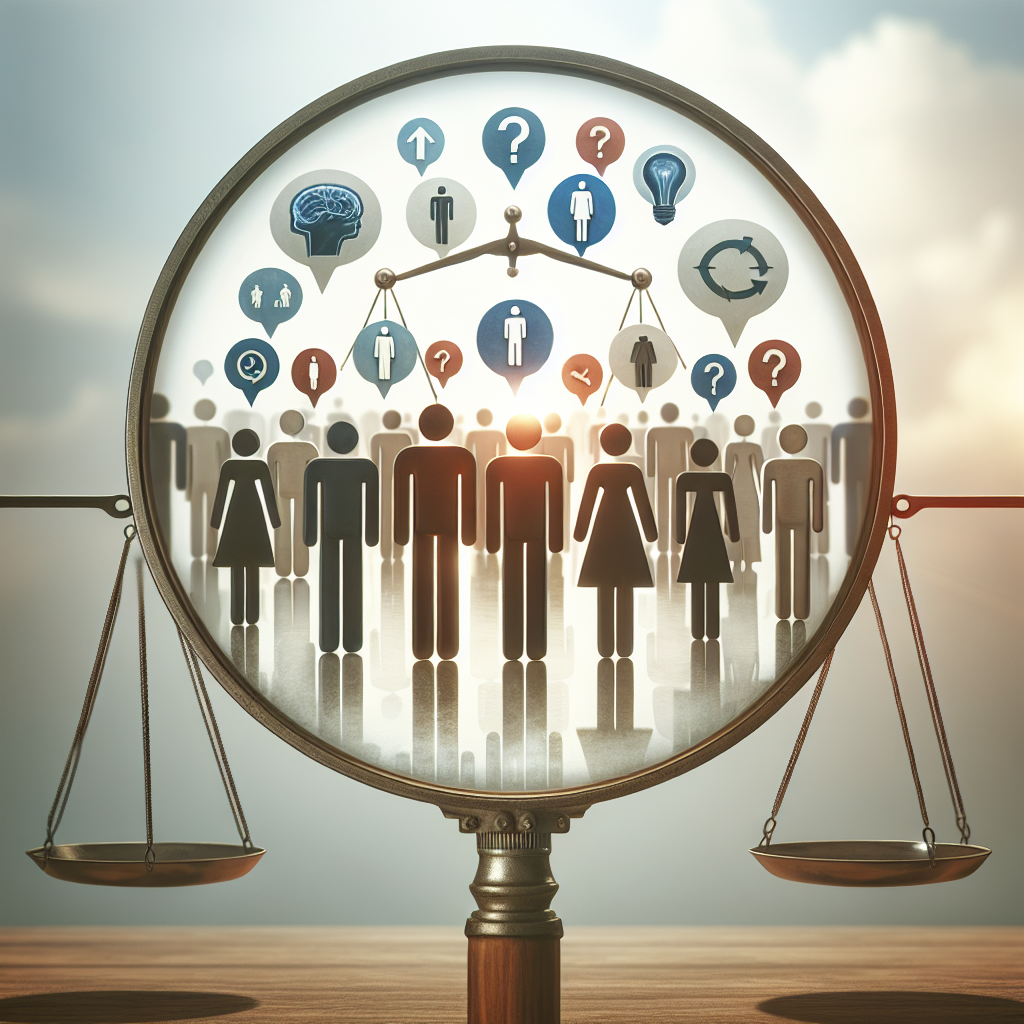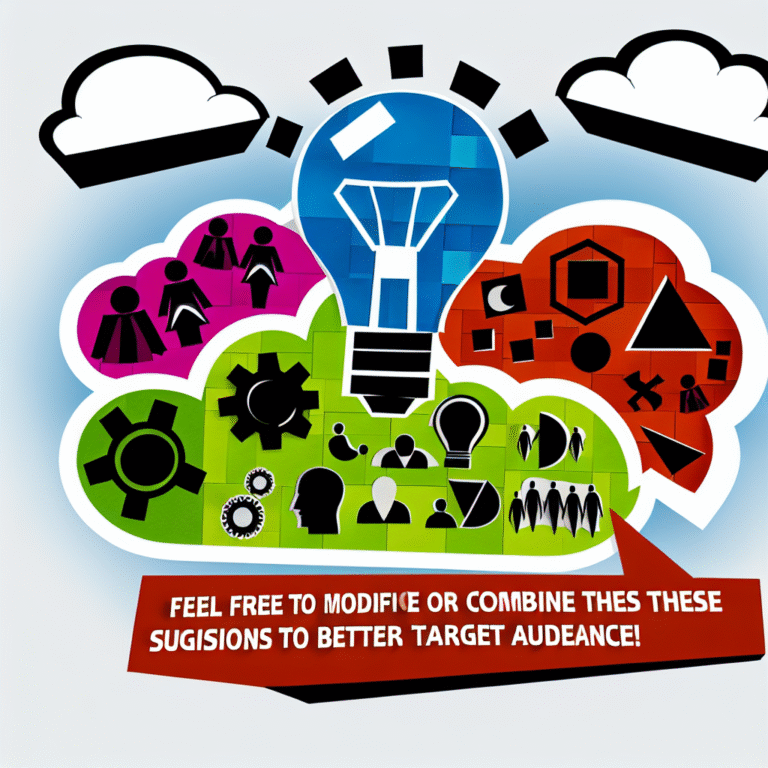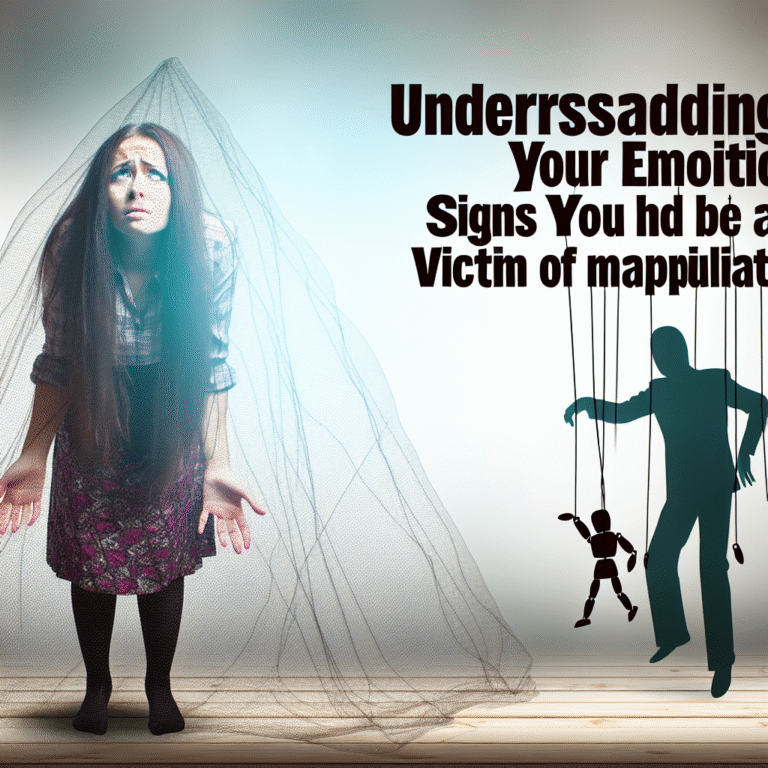
The Ultimate Guide: The Social Lens—How Group Dynamics Affect Our Choices
Introduction
In every aspect of our lives, from choosing a restaurant to deciding on a career path, we are shaped by the invisible forces of group dynamics. The Social Lens: How Group Dynamics Affect Our Choices isn’t merely an analytical exploration; it’s an essential insight into the human experience. Understanding how our choices are influenced by the opinions, behaviors, and motivations of those around us can unlock powerful strategies for personal and professional growth.
Imagine standing in front of a vast buffet. Your choice of food may be swayed by the preferences of your dining companions, even if your choices differ. This phenomenon is not just limited to food; it permeates every decision we make. By examining group dynamics through this social lens, we can gain clarity on why we choose what we do and how to harness these influences for positive outcomes.
The Foundations of Group Dynamics
What Are Group Dynamics?
Group dynamics refer to the behavioral and psychological interplay that occurs within a social group. This includes how individuals influence one another, resolve conflicts, cooperate, and take collective action. Social scientists have extensively studied these interactions to decode the underlying motivations.
In a workplace environment, for example, group dynamics can either enhance collaboration or foster competition. The social lens provides insights into how these dynamics affect our choices, leading us towards or away from certain actions.
The Psychology Behind Our Choices
Using the social lens, we can explore how cognitive biases and social pressures dictate our choices. Some key psychological principles include:
- Social Proof – Individuals tend to follow the actions of others, especially in uncertain situations.
- Conformity – People often modify their behaviors to align with group norms.
- Groupthink – The desire for harmony within a group can stifle individual creativity and decision-making.
Case Study: Choosing a Restaurant
Let’s take the simple act of picking a restaurant. A group of friends may find themselves at a culinary crossroads. One friend suggests a sushi place while another insists on Italian.
Analysis of Choices
This scenario highlights the dynamics of social proof and conformity. If most friends express a preference for sushi, the remaining members may feel compelled to agree, despite their personal inclination toward Italian. Their choice is not purely personal; it’s heavily influenced by the group’s collective voice.
Table 1: Factors Influencing Food Choices Among Groups
| Factor | Description | Impact on Choice |
|---|---|---|
| Social Proof | Followers replicate others’ decisions | Increases likelihood of agreeing |
| Individual Preference | Personal liking or experience | Can be overridden by group influence |
| Group Conformity | Desire to fit in or avoid conflict | Strongly affects decision |
| Peer Pressure | Persuasion from friends | Can compel choices disliked by the individual |
The Impact of Group Dynamics in the Workplace
Team Decision-Making
In a corporate setting, the principle of group dynamics is even more pronounced. Teams are often brought together to make critical decisions. Here, the social lens comes into play significantly.
Case Study: Creative Blocking in Teams
A tech company tasked a team of developers to innovate a new feature. Early meetings were filled with vibrant ideas, but as the project progressed, it became apparent that suggestions were being stifled.
Conflicting opinions led to groupthink, where the team prioritized consensus over creativity. The social lens reveals how the urgency for approval hindered robust decision-making, preventing innovative ideas from surfacing.
Recommendations for Effective Team Decision-Making
- Encourage Open Dialogue – Establish a culture that promotes sharing of diverse viewpoints.
- Utilize Anonymous Feedback – This mitigates the fear of contradicting dominant voices within the group.
- Rotate Leadership Roles – This prevents the emergence of dominant figures who can sway group consensus too easily.
The Social Lens in Product Marketing
The Role of Consumer Choices
Marketers understand the importance of group dynamics when launching new products. By analyzing consumer behavior through the social lens, they can effectively position their offerings.
Case Study: The Power of Social Media Influencers
Brands leverage influencers who share products with their followers. This social proof nudges consumers toward buying decisions, impacting their choices despite individual preferences.
Figure 1: Impact of Social Media Influencers on Consumer Behavior
| Who Influences? | % of Consumers Who Made a Purchase |
|---|---|
| Friends and Family | 72% |
| Social Media Influencers | 56% |
| Online Reviews | 46% |
Education: The Social Lens in Classroom Settings
The social lens also sheds light on the group dynamics inherent in educational settings. Peer interactions can drastically alter a student’s learning choices and performance.
Case Study: Collaborative Learning
In a study examining collaborative learning environments, students showed improved problem-solving skills when working in groups as opposed to individually. The social lens demonstrates how peer collaboration can effectively inspire individual choices.
Table 2: Outcomes of Collaborative Learning vs. Individual Learning
| Learning Environment | Success Rate (%) |
|---|---|
| Collaborative | 85% |
| Individual | 65% |
Personal Relationships: Love and Friendship Choices
Our social environments strongly impact whom we choose as friends or partners. The nuances of group dynamics can elucidate why we align ourselves with certain individuals over others.
Case Study: Friend Influence on Relationship Choices
In a study conducted on dating behaviors, researchers discovered that individuals were more inclined to date those who were approved by their friends. The social lens reveals how friendships shape romantic decisions, underscoring the impact of approval in human relationships.
Conclusion
"The Social Lens: How Group Dynamics Affect Our Choices" encapsulates a complex web of human interaction and decision-making. We’ve explored its implications across various spheres of life, enabling us to recognize and harness the influences shaping our decisions.
As we navigate the everyday choices that define our personal and professional lives, understanding the dynamics at play can empower us to make more informed and intentional decisions. By embracing the interactions within our groups, we can foster environments that promote growth, creativity, and increased success.
FAQs
1. How do group dynamics influence individual decision-making?
Group dynamics can lead to conformity and social proof, where individuals may feel pressured to align with the group’s preferences even if they differ from their own.
2. Can group dynamics have positive outcomes?
Absolutely! Healthy group dynamics can foster creativity, collaboration, and improved problem-solving capabilities through diverse input.
3. Why is understanding group dynamics important in the workplace?
Understanding group dynamics is crucial for team cohesion and effective decision-making, helping organizations minimize conflict and maximize output.
4. How can I prevent groupthink in decision-making?
Encouraging open dialogue, valuing diverse opinions, and rotating leadership roles can help minimize the risks associated with groupthink.
5. What role do social media influencers play in consumer choices?
Social media influencers significantly impact consumer choices by leveraging social proof, nudging individuals towards making purchases based on perceived popularity and approval from peers.
In summary, leveraging "The Social Lens: How Group Dynamics Affect Our Choices" equips us with the insights to make better-informed decisions throughout our lives. By understanding and optimizing these dynamics, we can elevate our personal growth and collaborative efforts in various settings.














